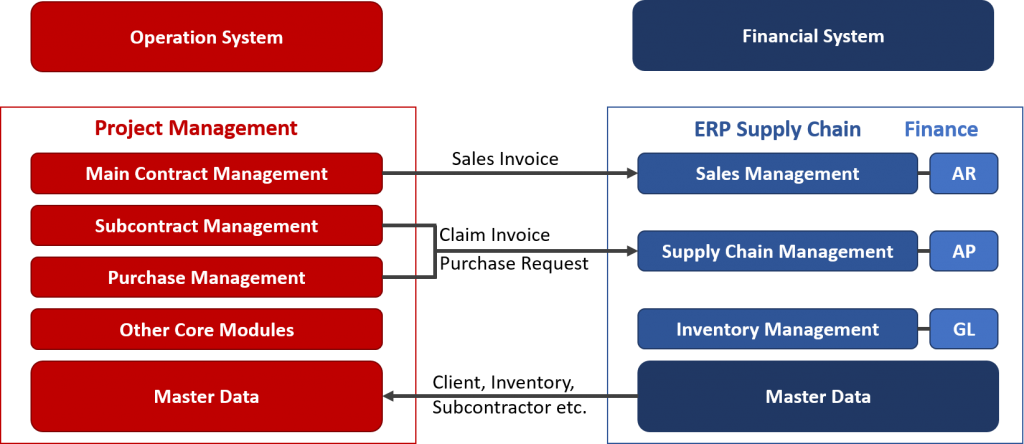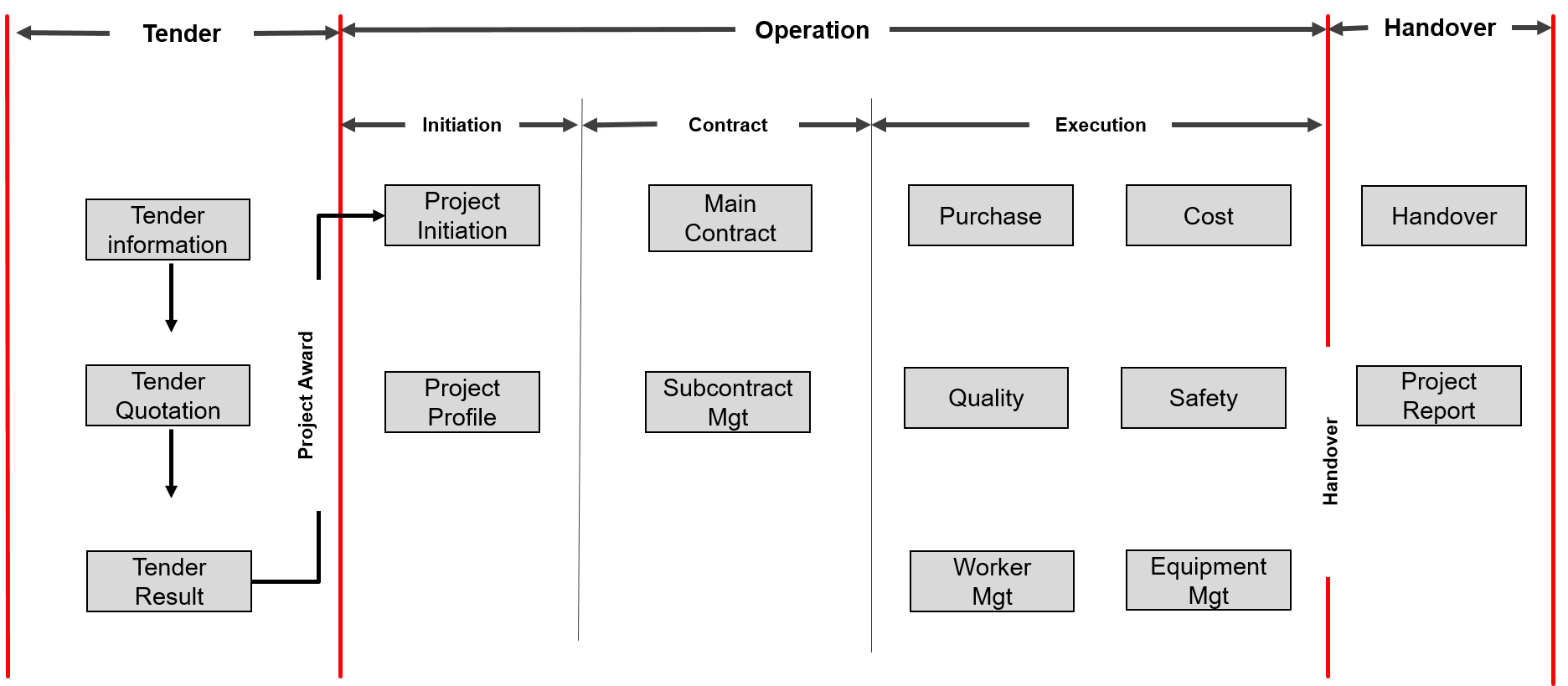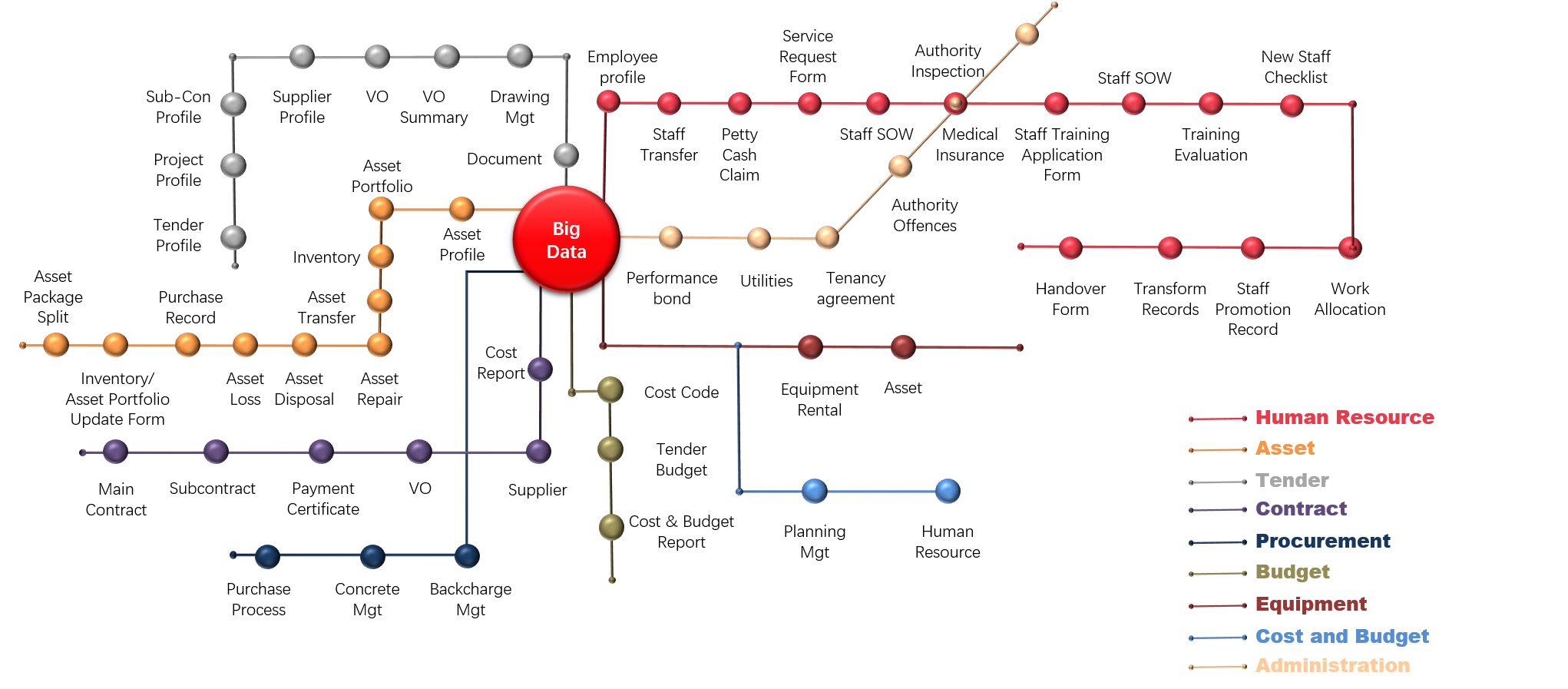Webinar Recap: Reduce Costs & Enhance Efficiency for Construction Projects
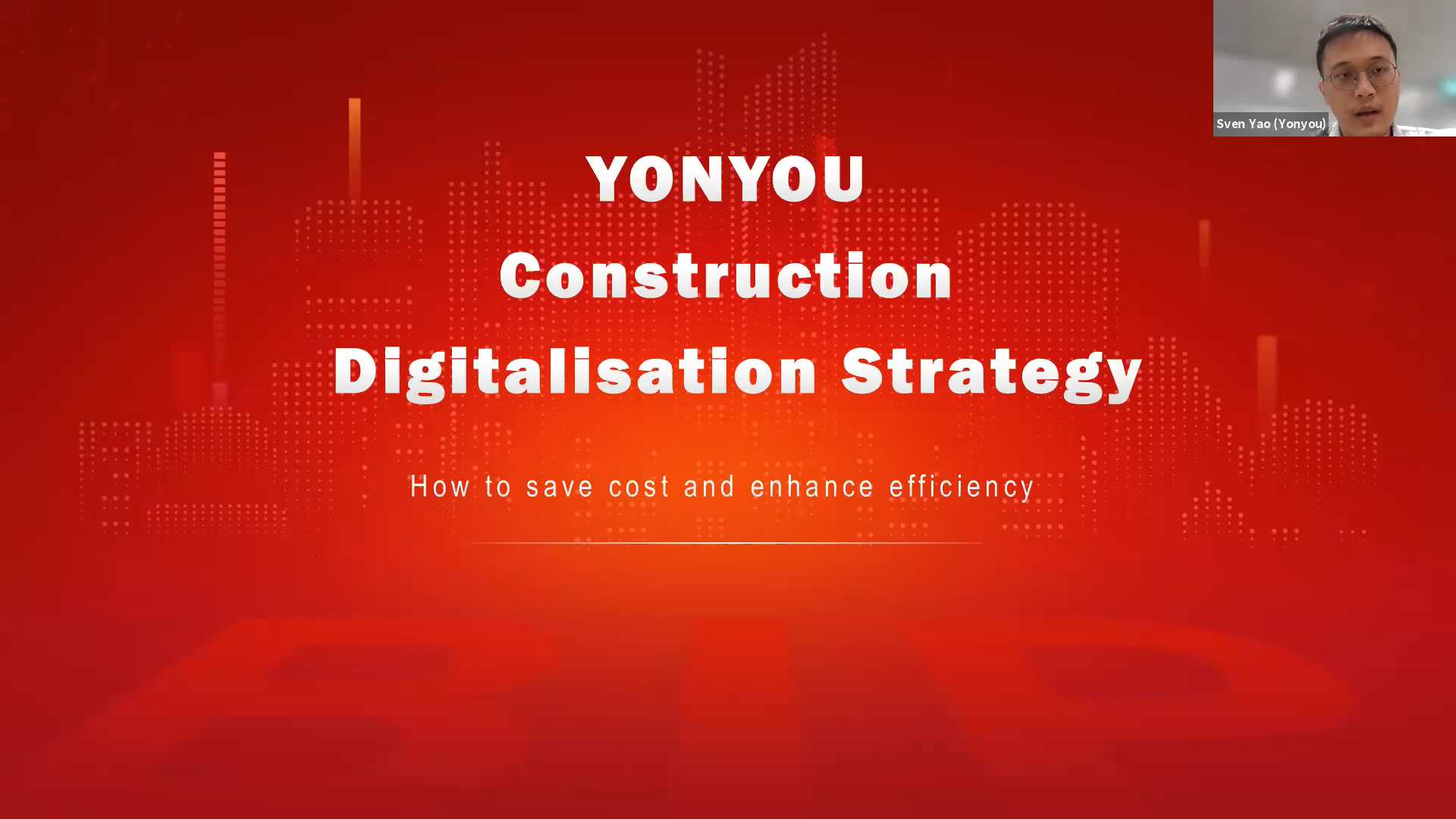
Mr. Sven Yao, Consultant, Yonyou Singapore
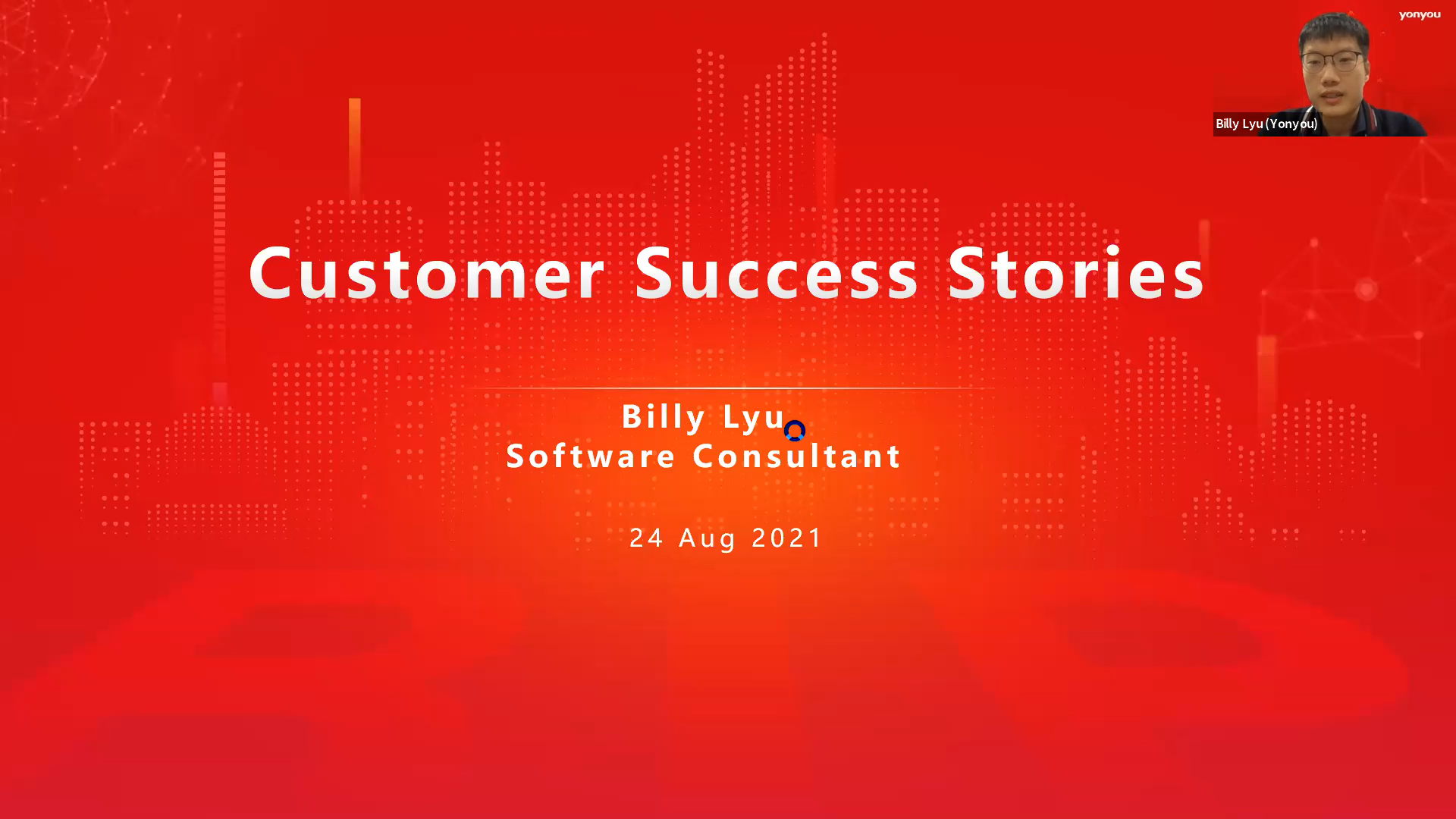
Mr. Billy Lyu, Consultant, Yonyou Singapore
In 2020 due to the COVID-19 pandemic, construction demand fell 54.9% from an initial projected demand of S$33billion. Labor, material, and equipment costs have also been rapidly increasing, making it essential for enterprises to keep a mindful watch on supply chain and cost management.
Construction firms with manual operations face the problem of inefficient communication, as data cannot be shared among teams in real-time, and downtime is required for the transmission of data, resulting in work delays. Another problem faced is in the documenting of operational data in financial systems. More time and effort are required to ensure that data is accurate. Manpower disruptions also arise due to additional measures implemented to curb the spread of COVID-19. Beyond that, there are also site-specific management issues to be ironed out and require multiple stakeholders’ attention.
Digitalization Strategy to Adopt
With government support and more people getting vaccinated, construction sites and projects are gradually restoring operations, adapting to the new normal that society is in. Demand for construction projects is expected to recover by 30% in 2021, with public projects driving growth.
As the market looks poised for recovery, enterprises can take this time to build an integrated data platform that allows external stakeholders and internal teams to collaborate on projects with ease, and allow transmission of data in real-time for better decision-making capabilities.
An ideal integrated platform would:
1) Be fully digitalized, and reduces the need for paperwork
2) Allow all stakeholders, whether internal or external, to collaborate in real-time
3) Contain data in a single source, to avoid duplication of information
4) Have a mobile feature so employees can work on the go, anytime and anywhere
5) Integrate operational data into finance systems seamlessly
Yonyou Solution Core Modules
A typical construction project workflow starts from tendering of projects to operational details like initiation, contract, execution, and finally, to handover of the project. With that in mind, here are some of the yonyou Project Management key modules:
a) Contraction Management – Main Contract
To auto-generate contract administration using the platform with standard templates, data control and integrated electronic signatures to eliminate human inconsistency and errors
b) Contract Management – SubContract
Aims to make the slow and complicated subcontracting process (of receiving quotes submitted by external subcontractors, awarding of contracts to payment claims) more efficient, reduce the tediousness of contract generation and improve the efficiency of tracking payments
c) Purchase Management
An effective purchase management system helps companies to consolidate the inventory required to purchase and help control inventory cost by buying in bulk and purchasing at the best price available. Helps to manage the whole cycle from material requisition, purchase order, delivery receipt to stock taking
d) Profit & Loss Management
As the platform gathers a comprehensive database of the company, these data can be used to generate visual reports and analytics to be used to drive transformations, eliminate inefficiencies or quickly adapt to market changes
e) Onsite Management – Safety
Inspection managers can conduct safety inspections on-site while safety managers can monitor the status of such reports and the corrective action taken place to rectify the issues from the office, on-site or from their mobile phone.
f) Onsite Management – Quality & Environment
Inspection managers can conduct safety inspections on-site while safety managers can monitor the status of such reports and the corrective action taken place to rectify the issues from the office, on-site or from their mobile phone.
g) Asset Management
Helps companies to monitor and manage their assets, in addition to keep tabs of the risk exposure, control costs as well as reduce asset downtime. Each asset will have a profile to track for its entire life. From the time it is purchased, transported, maintained, repaired, rented, returned, or disposed.
h) Worker Management
Keep track of workers details, from basic information like levy, contract, work pass, to project information like work hours, training approval and more
i) Business Intelligence
Using analytics to generate visual data for decision making. Visual reports and analytics can also be used to drive transformation, eliminate inefficiency and adapt to market changes.
If you have no idea where to begin digitalization, no worries! Check out our Construction Industry Roadmap below, and get in touch for a friendly consultation with our industry experts. Begin your digitalization journey today!




